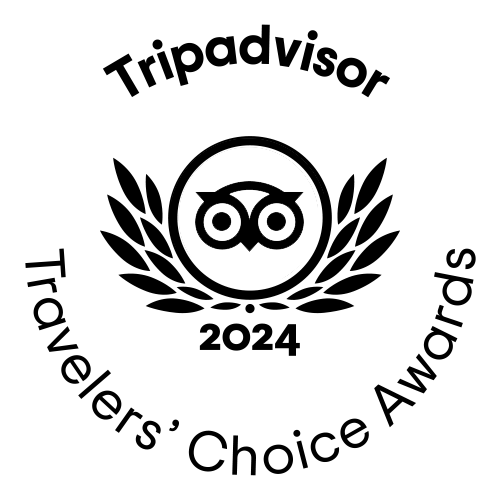Bacalar & The Pirate Canal
- Info Mexico Kan Tours
- Sep 28, 2022
- 4 min read
The Lagoon of Bacalar, also known as the Lagoon of 7 colors, owes its name to the seven shades of blue which occur due to the water having many different depths.

With its length of 42 km, it is the largest lagoon in the Yucatan peninsula, containing a handful of small islands and 4 cenotes (cenote Negro, Esmeralda, Cocalitos, Azul) which form natural swimming pools surrounded by vegetation and mangroves. Close to shore, many areas of the lagoon are shallow, where the crystal clear waters make bathing idyllic.

Known today for its laid-back atmosphere, serenity and wellness, as well lounging in a hammock while sipping on a mango smoothie, the history of Bacalar is full of swashbuckling adventure & chaos.
The name of Bacalar comes from the Mayan period, called Bakhalal - meaning ‘place of reeds’. Later, in colonial times, a site on the lagoon was chosen to found a town, located directly in front of the channel that connects the lagoon through winding mangrove passages out to the sea. As the Spanish were famous at the time for transporting ships full of silver & gold from the New World back to Spain, the whole Caribbean became a magnet for pirates, corsairs, buccaneers and all sorts of bandits & castaways looking to make themselves rich. They would routinely sail up the channel to attack the town, giving the channel its name: ‘El Canal de los Piratas’ or The Pirate Canal. In fact, among them were famous people like Henry Morgan and Francis Drake!
There are numerous Mayan sites close to the lagoon, including some you can visit today, like Chacchoben or the recently excavated Ichkabal. These towns also used the channel as a means to navigate out to the sea and trade with other towns and cities up & down the coast. Bakhalal is even mentioned in Mayan chronicles as an area where the Itzaes lived for a time before they traveled north to found the famous city of Chichén Itzá.

After the Spanish conquest, the area became increasingly depopulated due to conflict, slavery and the spread of disease. This meant there was no large native town to attack or exploit, so the Spanish did not pay much attention to this part of their territory. In 1640, the Scotsman Peter Wallace was the first buccaneer to reach Bacalar. He was interested in logwood (Haematoxylum campechianum), known locally as ‘Palo de Tinte’ or ‘Palo de Campeche’, a tree highly valued at that time from which red, black and blue dyes were extracted. These dyes were widely used for coloring fabric and sold on the European market to textile merchants.

Wallace settled in this area for more than a decade, until the arrival of the famous Cuban pirate Diego el Mulato, who sacked the settlement. Afterwards there were repeated visits by English, French and Dutch bandit ships fighting to control the traffic of logwood and tropical hardwoods such as mahogany, also common in the area. Faced with these attacks, Bacalar was fortified with the building of the fort of San Felipe in 1729. The English buccaneers began setting up permanent camps further south in what became their colony of British Honduras (now Belize) and eventually the importance of logwood dropped in the 19th century, meaning the area was no longer of interest to pirates. In the 1840s the Caste War of Yucatan broke out, an event of huge historical significance for the region, one of the implications being that all of the eastern peninsula became a no-go area for anyone not allied with the Mayan rebels.
Interestingly, the Mayas occupied Bacalar as they would exchange their local hardwoods with the English in Belize for ammunition to fight the Mexican government. It was re-taken by Mexico in 1902 and the town of Chetumal was founded nearby, closer to the border with Belize, from where the government had better control of the frontier.

Slowly, Chetumal grew and became the more important town of the two. While the latter has become the state capital, Bacalar has grown very slowly, remaining a sleepy village until more recently. Steadily over the last 20 years, the wondrous lagoon has once again drawn travelers from all over the world as new visitors explore the lagoon and the Pirate Canal.

The channel is a must-see in Bacalar, as no trip is complete without a sailing trip across the beautiful waters to where the canal begins; you can admire the multiple shades of blue and green, swim & relax in the clear shallow waters and naturally exfoliate your skin in the sulfur-rich sands. Mexico Kan Tours runs a private tour to Bacalar, including a 3 hour long sailboat tour of the lagoon & Pirate Canal with time to swim & relax, as well as lunch and a chance to explore to fort & central area of the town.
GOOD TO KNOW :
Access to the channel is public and free (but you need to cross the water!).
To get to the Pirate Canal you can :
Take a sailboat tour - This way of discovering the lagoon will undoubtedly allow you to admire the place and feel all the vibrant emotions of this legendary site.
Kayak or SUP - If you like to keep active, the waters are usually calm and either of these options is a great eco-friendly option to cross from town to the channel.
We do not recommend motor boat - even though you will see a lot of them, the lagoon’s ecosystem is very fragile and is being damaged by increased pollution.









Comments